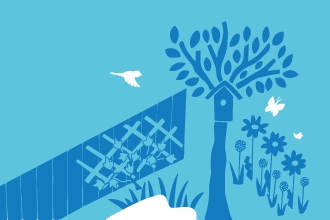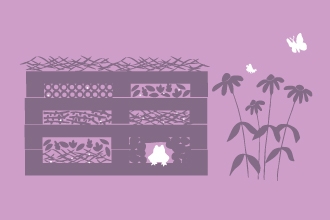A recent report commissioned by The Wildlife Trusts in the South of England, ‘Insect declines and why they matter’ clearly demonstrated that our insect populations are drastically declining with potentially far reaching consequences.
Professor Goulson, author of the report, explains that, ‘Insects make up the bulk of known species on earth and perform vital roles such as pollination, seed dispersal and nutrient cycling. They are also food for numerous larger animals, including birds, bats, fish, amphibians and lizards. If we don’t stop the decline of our insects there will be profound consequences for all life on earth.’ Two of the main reasons for this decline are habitat destruction and fragmentation, and use of chemicals.Part of the Trust’s recently published ‘Wilder 2030’ Strategy involves putting nature into recovery and joining the fragmented wild spaces together to form a ‘nature recovery network.’
You may be wondering what we can do about this on an individual scale. There is much that we can do in our own homes, even if we only have space for a window box.
With various estimates of how much of the UK consists of gardens, it’s difficult to come up with an exact figure but we can certainly say that it runs into thousands of acres of land (if not more) and that doesn’t include the many window boxes that exist in urban areas. So, you can see that if we all play a part in this, our combined efforts could really make a difference.








